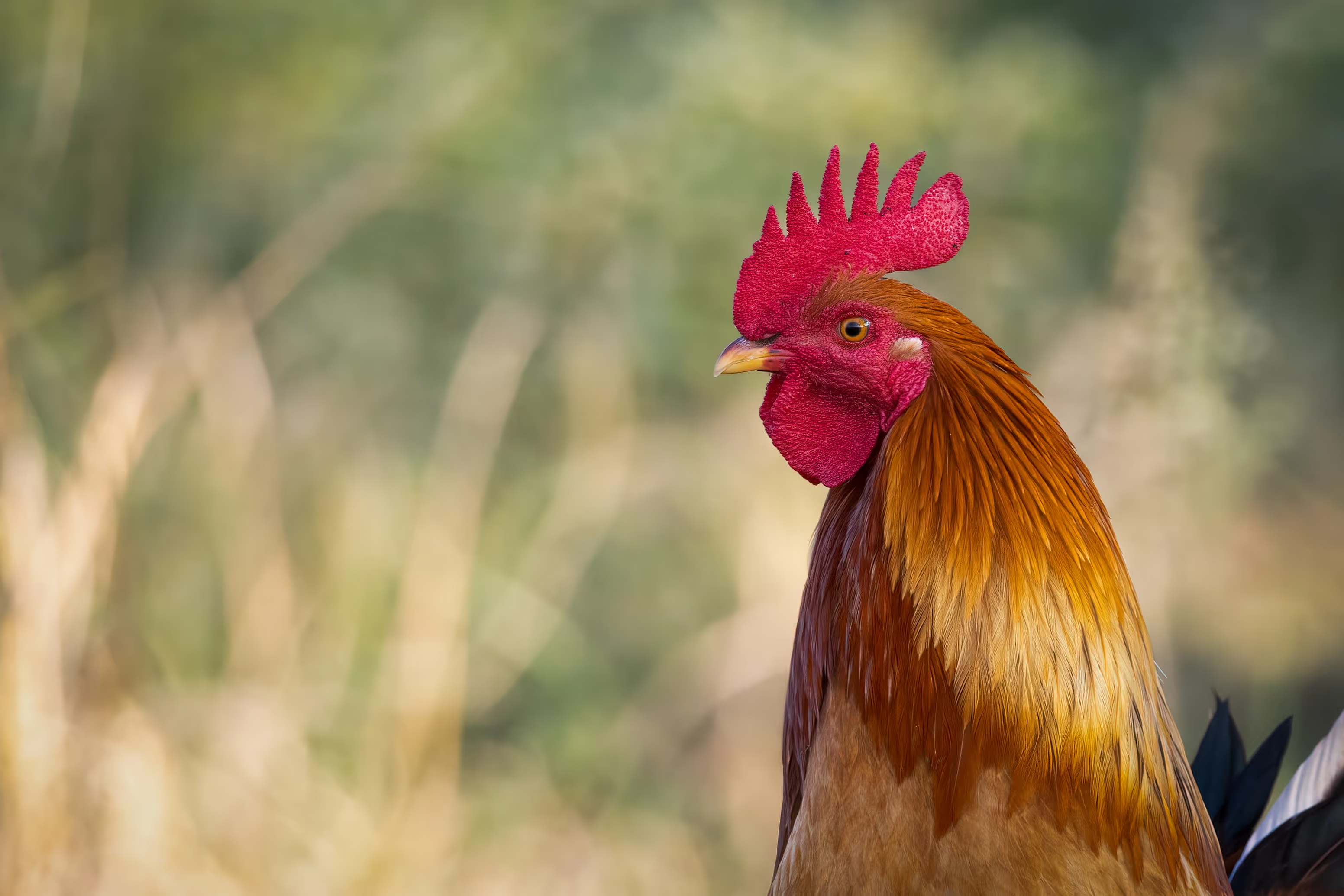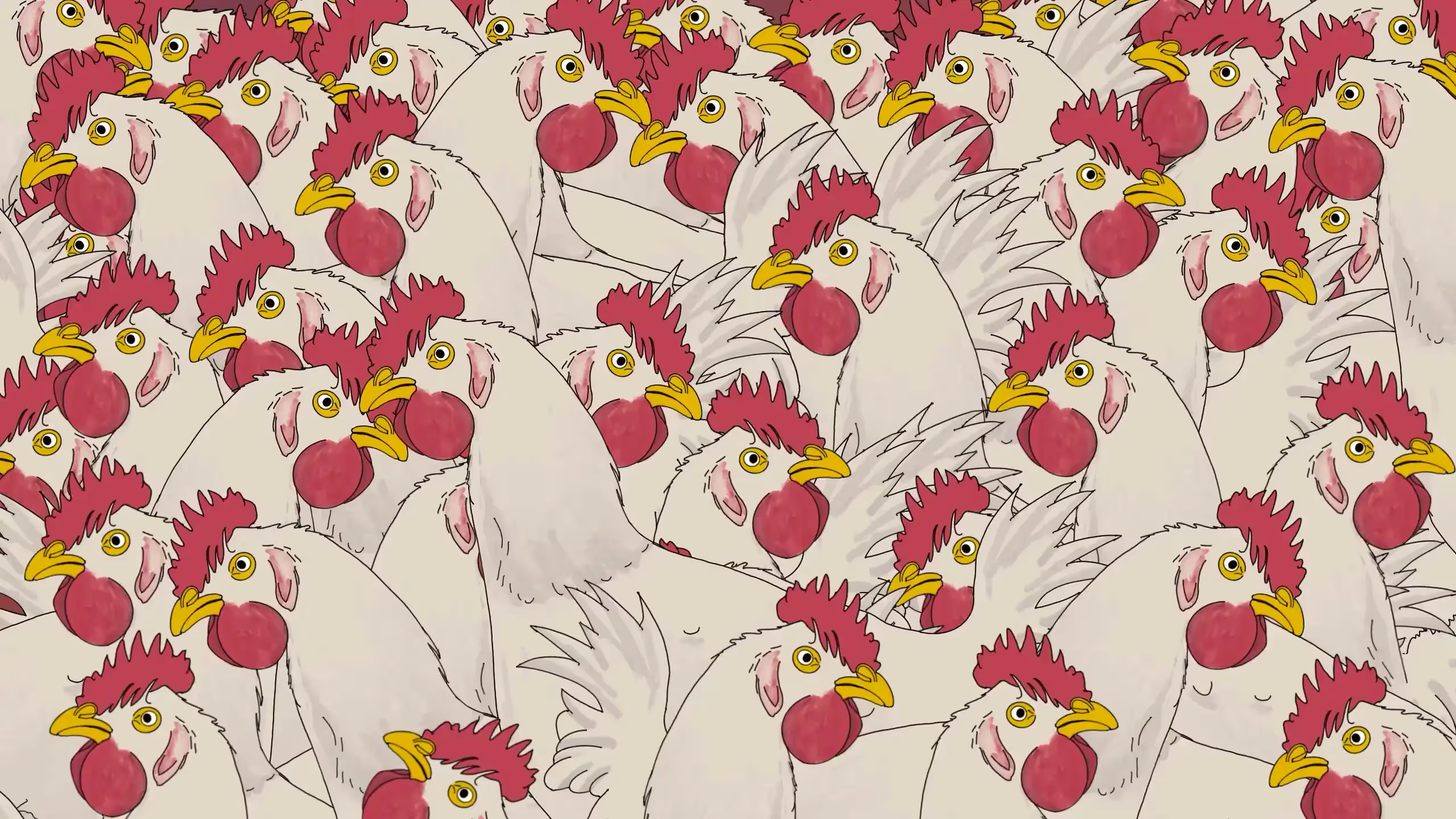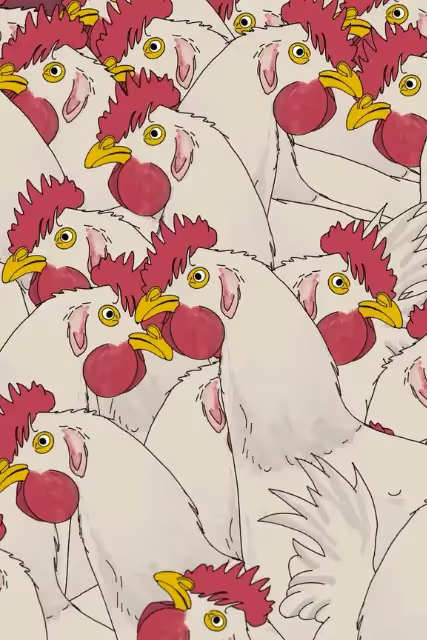Smelly, potent, and packed with nutrients—chicken poop fuels farms.






Chickens—we know them, we love them, and probably have been chased by one down a lane at least once in our lives. They peck, they cluck, they run around like tiny, feathery dinosaurs who popped right out of Cher’s closet. And…they poop, a lot, like once in every 20-30 minutes.
The average chicken produces approximately one cubic foot of manure every six months, which is equivalent to almost 30 litres of manure—a small suitcase full of poop. And some people have dozens of chickens, so imagine waking up every morning, opening your back door, and being greeted by a mountain of freshly made, steaming-hot (potential) fertiliser.
Chicken manure stands out because it delivers a balanced nutritional profile. Unlike other fertilisers that comprise the primary trio of nitrogen, phosphorus, and potassium, chicken manure naturally contains a larger number of essential nutrients that plants require for optimal growth, including critical micronutrients like calcium, magnesium, sulfur, iron, manganese, zinc, copper, and boron, that are often overlooked but vital for plant health.
Chicken poop is rich in nutrients because chickens eat a mixed diet, and their bodies pack those nutrients into a form that plants can easily use. The organic matter in chicken manure also improves soil structure and water retention while feeding beneficial microorganisms, creating a living soil ecosystem rather than just delivering a quick nutrient fix.
In Bhopal, a (2004) study found that combining 75% NPK (a fertiliser labelling convention pointing to the presence of nitrogen, phosphorus, and potassium) with poultry manure produced better yields than with farmyard manure, a variant made of manure from various farm animals like cows and sheep, mixed with bedding materials like straw, especially for sorghum.
For a farmer, chicken poop is gold. However, one can’t just go around spraying and dumping raw manure onto their plants. It is something like a nuclear reactor; if not handled properly, it’ll straight-up burn everything in sight because of the nitrogen and ammonia present in it. Imagine what your body might go through if one evening you decided to replace your nerve-calming, 100% caffeine-free chamomile tea with a dozen shots of espresso.
That’s why the droppings need to first be composted for them to break down and mellow out. The process is also necessary to eliminate all the nasty little pathogens that could ruin the crops. If done right, what was once a pile of steaming horror turns into plant food. Farmers must also be mindful of which crops they use the manure on. For example, root crops that have direct contact with the soil—such as potatoes, carrots and beets—are a no-no because of the risk posed by pathogens within the manure. They can remain in the soil for weeks and possibly contaminate crops.
Staging a coop
Composting chicken poop comes with its challenges. First, the overpowering smell of filth. If you’ve ever had the pleasure of being downwind of a fresh pile of chicken manure, you know what we mean. A poorly managed pile of chicken poop smells like someone bottled all the obnoxious odours under the sun and then shook it up for fun. That’s why experts suggest you keep the pile well-aerated, because nothing ruins neighbourly relations faster than an unexpected wave of Eau de Chicken Butt drifting across the kitchen window.
There’s also the pathogen problem. Raw chicken poop can carry notorious bacteria like the infamous E. coli, Salmonella, and a bunch of other microscopic nightmares. Being careful while handling it is crucial. So, wear gloves, wash your hands, and let the droppings cure for 45-60 days before. Also, add carbon-based materials like leaves, straw, wood shavings, or wood chips to balance the nitrogen in the manure and dial down the odour.
If you don’t have access to fresh chicken poop or don’t have the time to process it yourself, worry not, because that concern has already been taken care of by the agricultural experts. One can actually buy dried, pelletised chicken manure in bags across the internet.

Also read: Meet the minds investigating bugs lurking in poultry
A tale as old as time
Farmers have been using chicken manure for centuries. There’s even archaeological evidence that the first domestic chickens appeared around the time humans began cultivating rice and millets. Basically, ancient humans saw jungle fowls hanging around their crops and thought, “Let’s invite them over.” Ever since, the little feathered freeloaders continue to repay the favour the only way they know how—by pooping.
In Tamil Nadu, particularly in Namakkal and Erode, poultry manure is widely used in millet cultivation. Farmers also sell this manure to neighbouring states, where it is applied to vegetable farms, rubber plantations, and coconut orchards. A study involving 62 poultry farmers in Assam and Karnataka found that nearly 90% of them reused poultry waste as manure on nearby fields. In Nagaland, backyard poultry manure is incorporated into organic farming on a small scale, either through composting or direct application by smallholder farmers, with no involvement from large commercial operations. Additionally, research conducted at the Agricultural Research Farm at Banaras Hindu University in Varanasi demonstrated that poultry manure used in maize cropping systems led to improved yields and enhanced nutrient uptake.
Chicken manure stands out because it delivers a balanced nutritional profile.
In Bhopal, a (2004) study found that combining 75% NPK (a fertiliser labelling convention pointing to the presence of nitrogen, phosphorus, and potassium) with poultry manure produced better yields than with farmyard manure, a variant made of manure from various farm animals like cows and sheep, mixed with bedding materials like straw, especially for sorghum. In Pune, baby corn trials (in 2009) showed that poultry manure led to the highest nutrient uptake and cob yield.
Globally, chicken manure has shown superior performance. A forage crop study found poultry manure boosted fresh yield by 145% and had roughly three times the nutrient content of cow manure. Very recently, in New Zealand, 20-25% higher yields were reported for maize and other crops, compared to cow, sheep, and pig manure. While cow manure improves soil structure, poultry manure offers more concentrated nutrients.
India currently does not provide direct subsidies exclusively for chicken manure. However, several states, like Goa, Bihar, Uttar Pradesh, Haryana, Tamil Nadu and Nagaland, financially support poultry farm establishment (which produces manure).
If you have chickens and are planning to use the manure, you’ll also have an endless stream of chicken poop mysteries to solve. A lot about a chicken's health is revealed just by looking at its droppings. Too watery? Excess protein. Green and foamy? Possibly a disease. The moment you start raising chickens, you become a professional poop detective on the coop scene.
Whether you’re a farmer, a gardener, or just someone who loves a good omelette, somewhere, a chicken and its poop are working overtime behind the scenes, making sure we all stay fed.
Also read: Black Soldier Fly: A hero of insect farming and waste management
{{quiz}}
Explore other topics
References










